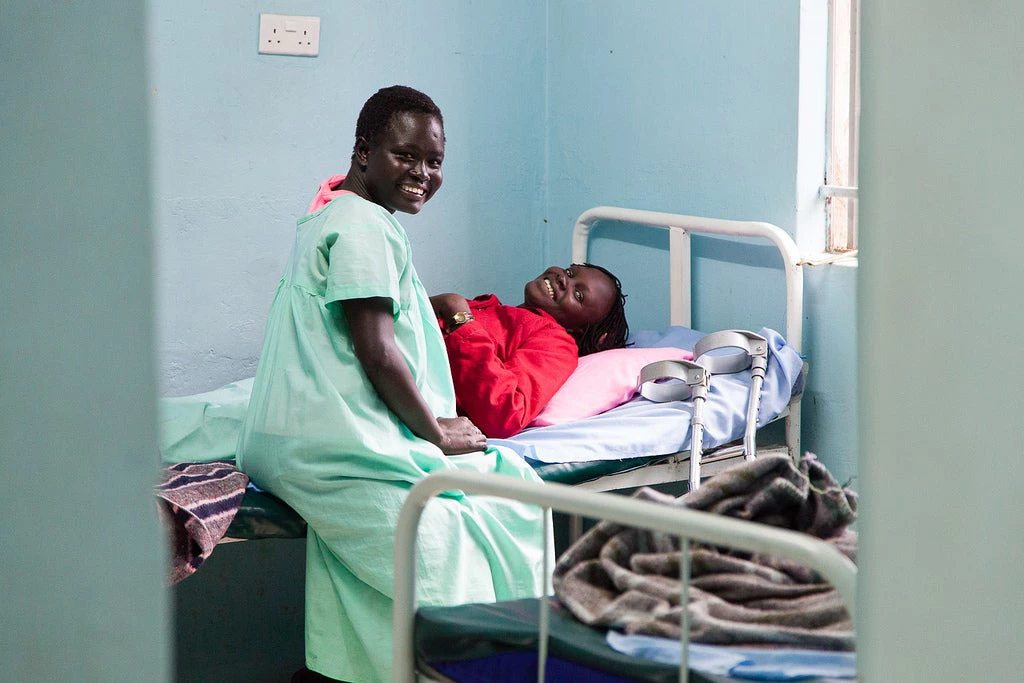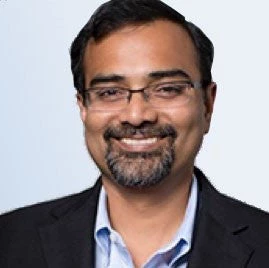Photo: Direct Relief, Flicker Creative Commons
The Kenyan government launched its national long-term development plan, Vision 2030, in 2008 with the aim of transforming Kenya into a newly-industrialised, middle-income country providing a high quality of life to all citizens by 2030, in a clean and secure environment.
Constructed around three key pillars – economic, social and political – the blueprint has been designed to address all aspects of the country’s infrastructure and economy, with a key component of the social pillar consisting of ambitious healthcare reforms. Ultimately, the government’s goal is to ensure continuous improvement of health systems and to expand access to quality and affordable healthcare to tackle the high incidence of non-communicable diseases that affect the region.
Rethinking old models
Through the new healthcare plan, the Kenyan Government has embarked on the largest public sector-structured financing package of its kind in Africa . The program is a powerful illustration of the value of adopting new thinking around old established business models such as Public-Private Partnerships (PPPs).In 2015, the Kenyan Government selected GE Healthcare as one of its main partners to deliver a seven-year Managed Equipment Services Partnership (MES) to provide Kenya’s 46 million strong population with access to teleradiology services across 98 Ministry of Health hospitals in Kenya’s 47 counties. An MES is a form of PPP that enables customers to adopt a ‘pay for service’ expenditure plan and affords a number of financial benefits including funding to cover equipment, maintenance and other project costs such as training.
The model allows the Kenyan government to budget healthcare expenditure over several years by deferring upfront capital outlay. This means the Ministry of Health can assign critical funds to address the country’s most pressing healthcare challenges while also addressing the bigger picture and improving the wider healthcare system. The project represents one of the government’s flagship programs to deliver tangible benefit to people locally by decentralizing specialized healthcare services from national referral hospitals to a county level. The aim of this partnership is to increase access to affordable healthcare for all and enable earlier diagnosis and treatment of various diseases.
Early benefits
In its second year,
this program is already delivering tangible benefits for the government and the people of Kenya , including improved access to specialist radiology training for medical staff, increased skillset of healthcare workers, and better workflow efficiency. Local availability of previously non-existent specialized diagnostic devices has led to higher efficiency in the patient continuum and a significant reduction in average scan time from analogue to digital, with the monthly number of digital exams soaring more than tenfold across the first 44 modernized hospitals.
Increased equipment reliability and sustainability is another strength that stems from the MES. This is particularly important in Africa, where most healthcare systems are being negatively affected by the so-called ‘equipment dumping’, whereby manufacturers push equipment sales to make up numbers without a sufficient mechanism for equipment functionality ecosystem, such as training, service or preventive maintenance.
In addition, there are considerably larger numbers of patients visiting hospitals and a rise in the use of different types of radiology services (x-rays, ultrasound and mammograms). For example, the installation of the latest digital mammography has enabled more than 30% of level 5 hospitals (regional centers providing specialized care including intensive care, life support and specialist consultations) to offer in-house mammography exams for the first time, increasing capacity for breast cancer screening, a leading cancer killer in Kenya.
Moreover, patient referrals have fallen due to improved access to radiology services locally, with a 50% improvement in access to radiology services recorded across three pilot hospitals in the first five months after the installation of the new equipment. The cost of scans has also dropped thereby increasing the affordability of specialized healthcare services, and has strengthened the health system.
These early positive project outcomes have already triggered engagement and regional integration with other government ministries in East Africa (Tanzania and Uganda) and other African countries (Namibia, Cote D’Ivoire, Nigeria, Mozambique) for best practices on large-scale healthcare infrastructure development programs.
Clearly our mission to transform Kenya’s healthcare system is still in its infancy within the wider context of the Kenyan government’s transformation plans, but already what it has achieved serves as a powerful illustration of how an established risk sharing procurement model such as a PPP can be adapted to create a new type of partnership to successfully address the healthcare challenges faced by governments and Ministries of Health.
Disclaimer: The content of this blog does not necessarily reflect the views of the World Bank Group, its Board of Executive Directors, staff or the governments it represents. The World Bank Group does not guarantee the accuracy of the data, findings, or analysis in this post.
Related Posts
Public-Private Partnerships: How does Kenya fare?Kenya’s 3 keys to success: How to create an effective public-private partnership unit



Join the Conversation